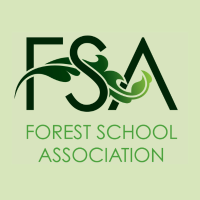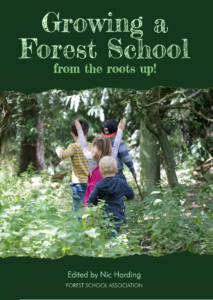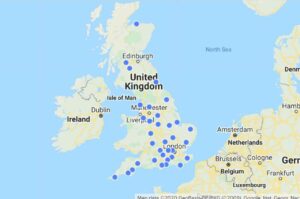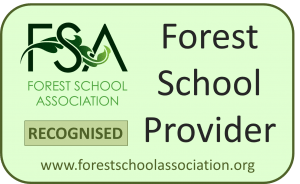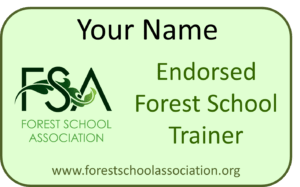If you have anything that you would like to share in our guest blog please contact gareth@forestschoolassociation.org
The FSA occasionally gets questions around the topic of smoke inhalation at Forest School. The FSA does not have a specific policy on this issue but the author of this guest blog post has some personal thoughts on the matter.
START
Should Forest School participants and leaders be inhaling wood smoke during Forest School sessions? Children in particular have lungs that are still developing. Is there a safe limit?
Some observations….
1. Wood smoke is pungent. Exposure to a relatively small amount of it will cause clothing to smell quite strongly afterwards.
2. Wood smoke contains a cocktail of compounds that are known to be harmful to humans in high concentration.
3. Whilst there may be research that links very high levels of wood smoke exposure to ill health (such as increasing the frequency and severity of asthma attacks) I am not aware of any research that determines ‘safe levels’ of exposure to wood smoke.
4. There are many substances that can be harmful to human health in high concentration or if exposure is for a long duration. One obvious one is oxygen, which will kill you quite quickly at high concentrations. As an oxidizing agent oxygen is a hazard to the integrity of our cell’s DNA, which raises the possibility of cancer, even at the concentration found in our atmosphere. Both salt and water can kill you if too much is ingested. Then there is alcohol …
5. There are obvious and easily applied ways to reduce exposure to wood smoke if you decide to have an open fire as part of a Forest School session. These include, only using well-seasoned wood (high water content reduces the fire’s temperature, which results in more incomplete burning and so more smoke); choosing wood from trees that is known to produce less smoke; putting some distance between yourself and the smoke (stand back from the fire unless you are directly attending to it), moving out of the way if the smoke starts heading your way, reducing the frequency of having such fires, having smaller fires and so on.
6. The probability of death is 100% for all living things.
My thoughts ….
We all want to keep ourselves and others safe. Most of us also want to lead happy and fulfilled lives. Putting too much emphasis on either one of these objectives is likely to impact on the other.
Forest School leaders should consider the risk of inhaling smoke as part of a Risk / Benefit Analysis with the social, emotional, physical wellbeing and learning benefits also being factored into fire use. Forest School leaders should teach children, and adults, to sensibly enjoy the rich benefits of sharing time around a fire.
So, what are the ‘thresholds’? I think that this comes down to what you, as a Forest School leader, and the participants/their guardians feel comfortable with.
From a smoke inhalation safety point of view I would be comfortable with there being a well-managed fire at each weekly Forest School session (although I may question whether it was strictly necessary to have a fire at every session).
From a parent’s perspective I would want to satisfy myself that the Forest School leader understood the risks and benefits of fire use as I have laid out above. I would also want to be satisfied that appropriate behaviour around fire and wood smoke was being communicated to the participants. You should communicate with the Forest School leader if you are at all concerned. It is possible that they have not given this matter as much thought as they should have. Don’t forget that there are benefits to using fire during Forest School sessions!
END
